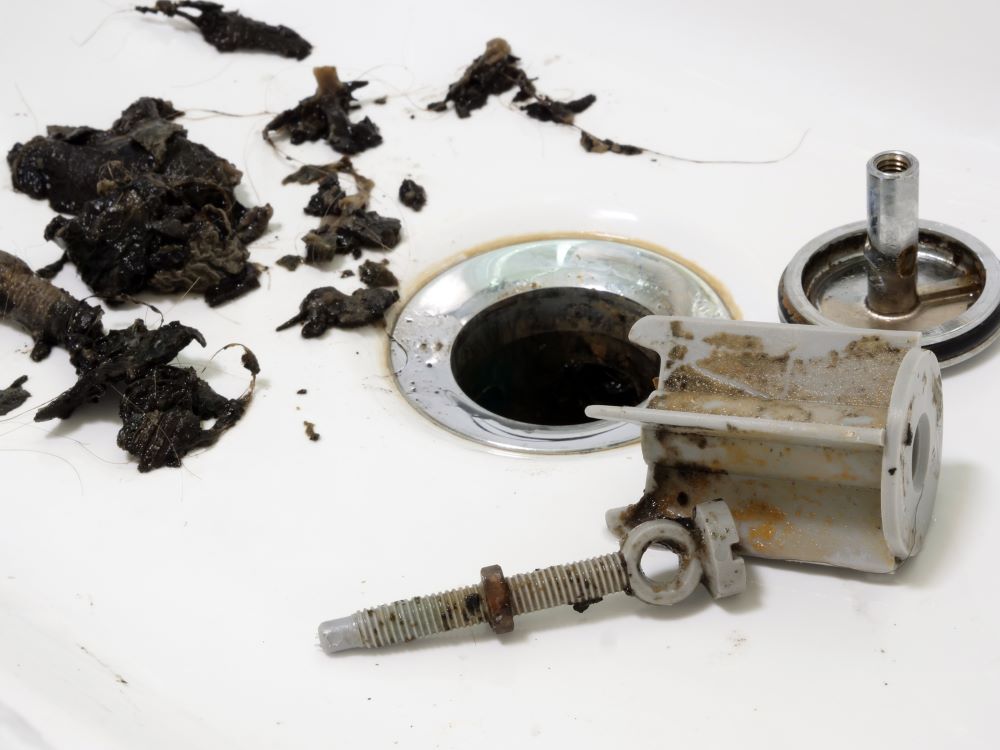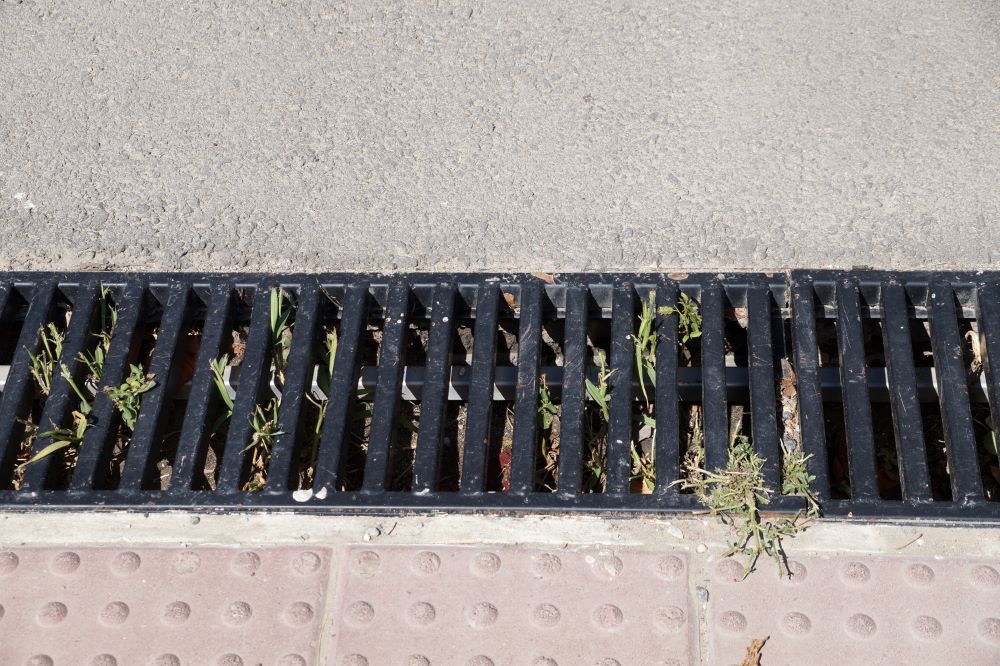
Within Auckland, the challenge of blocked drainage has become a well-known issue owing to a convergence of factors deeply rooted in the city’s infrastructure, geography, and the lifestyle choices of its inhabitants.
These elements merge to create a scenario where the spectre of blocked drainage looms large, but what often remains underestimated is its potential to pose significant health risks. Fox Drainage is committed to shedding light on the vital connection between drainage issues and the health and well-being of individuals within the city.
Infrastructure of Aucklands Drainage
Much like numerous urban centres, Auckland grapples with an aging drainage system that is ill-equipped to manage the burgeoning population density and the rapid urban development sweeping the city.
The strain of this growth on the dated infrastructure increasingly predisposes it to blockages. As the city expands, the aging framework is overburdened and susceptible to becoming more prone to these blockages.
The accelerated pace of urbanisation not only tests the limits of the infrastructure but also amplifies the influx of debris and pollutants into the drainage network, further intensifying the likelihood of blockages.
Such pressures placed on the city’s infrastructure lay the foundation for blocked drains, rendering them a persistent concern that extends beyond mere inconvenience, ultimately posing potential health hazards.
Auckland’s Climate
Auckland’s distinct climate, characterised by its relatively high annual rainfall, plays a crucial role in the city’s challenges with drainage systems. This consistent and sometimes heavy rainfall becomes a catalyst for drainage issues.
The city’s topographical diversity, including hilly terrains and steep slopes in certain regions, amplifies the impact of heavy rains. During such weather events, rapid surface runoff becomes a significant concern.
This runoff not only causes erosion but also sweeps substantial amounts of debris and sediment into the drainage system, creating a higher risk of blockages.
Additionally, the stormwater runoff from roads and pavements presents a considerable challenge. It carries with it a medley of contaminants and sediments, swiftly transporting them into the drainage network.
This influx of foreign particles compounds the existing issues within the system, raising the probability of blockages occurring more frequently and with greater severity.
Moreover, Auckland’s coastal positioning adds vulnerability to the city’s drainage infrastructure. The city, perched along the coast, confronts occasional storm surges and high tides, particularly during extreme weather events. These natural occurrences significantly impact the drainage system, leading to sewer backups and exacerbating the existing drainage issues.
The convergence of high rainfall, diverse terrain, stormwater runoff, and coastal exposure pose a persistent challenge for Auckland’s drainage network. This increased susceptibility to blockages and system overloads not only disrupts daily life but also heightens health risks for residents during extreme weather events.
Understanding and addressing these climate-induced challenges are crucial for the effective management and maintenance of Auckland’s drainage systems.
Auckland Landscape
Auckland’s breathtaking landscape, characterised by lush greenery and an abundance of trees, significantly influences the city’s drainage challenges. While these natural elements contribute to the city’s aesthetic charm, they concurrently create drainage issues that manifest in various ways.
The proliferation of trees in Auckland’s landscape presents a unique challenge for the city’s drainage infrastructure. The expansive root systems of these trees possess a remarkable ability to infiltrate and compromise drainage pipes.
As trees seek out water sources, their roots delve into the underground pipes, where they can penetrate small openings or cracks, causing obstructions and potential damage. Over time, these intrusive roots impede the flow within the drainage system, leading to reduced capacity and increased susceptibility to blockages.
Moreover, the intertwining network of roots can cause blockages directly within the drainage pipes. As roots grow and expand, they may cause structural damage, leading to pipe misalignments, blockages, and even complete pipe collapse. This infiltration of tree roots not only obstructs the smooth flow of water but can also create potential vulnerabilities in the drainage network. Thereby leading to inefficiencies and blockages.
The challenge posed by the intrusion of tree roots into drainage pipes underscores the importance of proactive maintenance and the use of appropriate techniques to mitigate the impact of these natural elements on the drainage infrastructure.
Strategies such as root barrier installation, regular inspections, and necessary pruning of trees near drainage lines are essential. This will prevent root infiltration and subsequent blockages. The careful management and consideration of Auckland’s lush landscape are integral to sustaining the city’s drainage systems. Thereby ensuring their resilience against root-related blockages and ultimately mitigating associated health risks for residents.
Auckland Lifestyle
The lifestyle choices and practices adopted by Auckland’s residents significantly influence the frequency and severity of drainage issues within the city. Several key factors play a pivotal role in exacerbating the challenges faced by the drainage infrastructure.
Improper usage of drainage systems is a fundamental concern contributing to blockages. In many instances, individuals unknowingly or carelessly dispose of items that should not be flushed or poured down drains.
Items You Should’t Put Down The Sink
These items, such as grease, oil, sanitary products, wet wipes, and non-biodegradable materials, pose a substantial risk to the proper functioning of the drainage network. They have the potential to accumulate, thicken, and form blockages within the pipes. Significantly impeding the flow of water and leading to potential system overloads.
Routine Maintenance is Crucial
Another critical aspect contributing to drainage issues is the need for regular maintenance of the drainage infrastructure. Failure to perform routine maintenance, inspections, and necessary repairs of the system can lead to the accumulation of debris, the growth of potential blockage-causing elements, and a general decline in the system’s effectiveness.
The absence of proactive measures and regular upkeep amplifies the risk of blockages and system failures.
Additionally, the practice of illegal dumping compounds the drainage challenges in Auckland. Improper disposal of waste materials, such as construction debris, plastics, and other non-biodegradable items, further burdens the drainage system.
Illegally dumped materials not only create physical blockages but also introduce pollutants into the drainage network. Exacerbating the potential for severe blockages and system malfunctions.
Understanding the impact of lifestyle choices on drainage systems is critical for mitigating blockages and ensuring the efficient functioning of Auckland’s drainage infrastructure.
Raising awareness, implementing proper disposal practices, undertaking routine maintenance, and preventing illegal dumping are vital steps toward alleviating the strain on the drainage network. Thereby reducing the occurrence of blockages and associated health risks for the city’s residents.
Blocked Drainage: Health Risks for Auckland Residents
- Blocked drainage can cause water to seep into walls, floors, and ceilings, leading to moisture buildup and the growth of mould and mildew. Mold spores can cause respiratory issues and aggravate allergies in some individuals.
- Stagnant water in blocked drains provides an ideal breeding ground for mosquitoes that could expose the risk of diseases such as dengue fever and malaria.
- Organic matter in blocked drains can attract pests such as rats and insects. Increasing the risk of infestations that may carry additional health risks.
- Furthermore, the decomposition of organic matter trapped in the pipes can emit foul odours, which can cause discomfort and lead to nausea or headaches.
- When blocked drains start overflowing, it can contaminate nearby water sources, including drinking water supplies. This could give rise to a range of health issues, from mild gastrointestinal problems to more severe illnesses. It could create slippery surfaces, increasing the risk of slip-and-fall accidents.

Signs You Might Need An Auckland Drainage Expert
Here are some signs of a blocked drain you must not ignore:
- Slow draining or when water takes longer than usual to drain from sinks, bathtubs, or showers.
- If you hear gurgling or bubbling noises from drains when using nearby plumbing fixtures. It suggests trapped air in the pipes, which is often caused by a blockage.
- Unpleasant smells emanating from drains. Especially in the kitchen or bathroom, could indicate a buildup of food, grease, or other debris in the pipes.
- Water backing up into sinks, bathtubs, or other fixtures when using nearby plumbing indicates a significant blockage in the drainage system.
- A clogged toilet that overflows when flushed is a clear sign of a blocked sewer line, requiring immediate attention.
- Puddles of water forming near drains or inside the house can indicate that water is not draining as it should due to a blockage.
- Suppose multiple drains in different areas of the house exhibit problems simultaneously. In that case, it suggests a common issue, such as a blocked main sewer line.
- Odd reactions in one drain when another is used, such as water rising in the sink when the washing machine is running. These might indicate a blockage in the shared drainage line.
- An influx of flies or other insects around drains can indicate organic matter buildup, attracting pests from stagnant water.
- Wet spots appearing on walls, floors, or ceilings may be caused by water leaking from a blocked pipe.
- Observing changes in the water level of the toilet bowl. Such as unusually high or low levels, may indicate a blockage in the sewer line.
Conclusion: Blocked Drainage
Addressing the issue of blocked drains is imperative to prevent not only immediate inconveniences. But also to avert potential damage and health hazards that could arise. The repercussions of blocked drainage systems extend far beyond mere inconvenience. Carrying the risk of structural damage, health hazards, and significant disruptions to daily life.
At Fox Drainage, we understand the urgency and complexity surrounding blocked drainage. Our team of dedicated experts in Auckland is committed to not just resolving drainage issues. But also to proactively managing drainage systems to mitigate blockages. We provide comprehensive maintenance services tailored to prevent and address potential blockages effectively. By leveraging our expertise, preventive measures, and swift, responsive solutions. We aim to ensure the optimal functioning of drainage systems in your home or property.
With a focus on prevention and efficient resolution, our Fox Drainage professionals are equipped to address, manage, and prevent blockages. Safeguarding your well-being and the structural integrity of your property. Don’t let blocked drainage issues escalate. Trust Fox Drainage to protect your home against blockages. Ensuring a healthier, safer, and more functional environment for you and your community. Give us a call or email us now.
Fox Drainage


